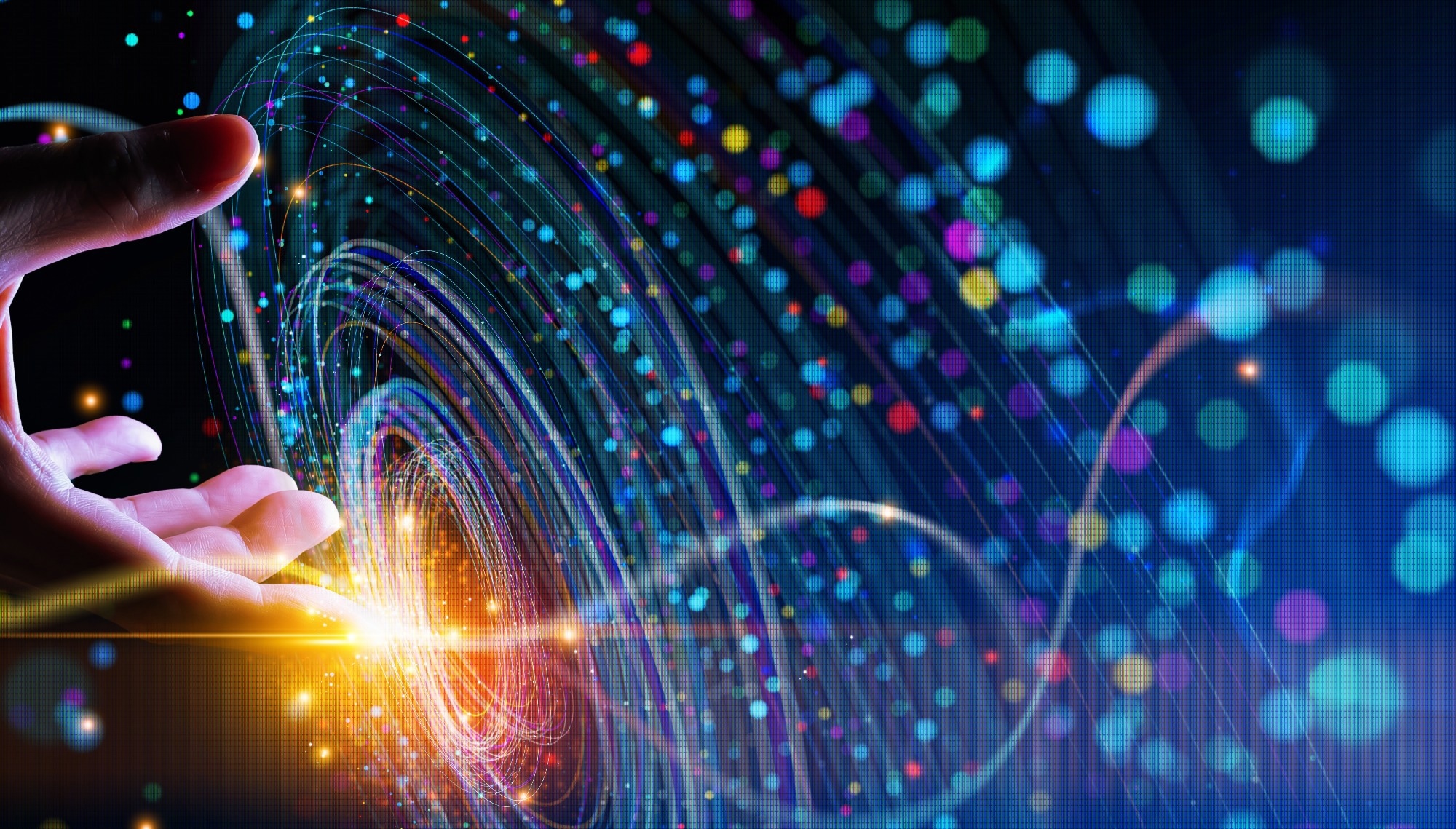In a paper published in the journal Nature Machine Intelligence, researchers tackled the widespread issue of noise removal in scientific data. They explored how deep convolutional neural networks (CNNs) could effectively denoise X-radiation (X-ray) diffraction and resonant X-ray scattering data from crystalline materials. The network enhanced weak signals with quantitative accuracy through supervised training with low- and high-noise data pairs, making previously indiscernible features visible.
 Study: Deep Learning Cleans Up: Enhancing X-ray Data Analysis. Image credit: greenbutterfly/Shutterstock
Study: Deep Learning Cleans Up: Enhancing X-ray Data Analysis. Image credit: greenbutterfly/Shutterstock
Notably, the researchers found that artificial noise yielded different results, underscoring the effectiveness of their approach in challenging acquisition scenarios. This study offered a practical strategy for noise filtering in scientific data, addressing complex acquisition challenges.
Related Work
Past works have shown significant advancements in image restoration, particularly in noise removal, through applying deep learning techniques. Researchers have employed various supervised and unsupervised machine learning approaches, leveraging deep CNNs to address denoising problems. While supervised algorithms rely on ground truth or noise-to-noise training pairs, unsupervised approaches operate without explicit ground truth, resulting in slightly lower performance. In scientific disciplines utilizing digital data recording, experimental noise, often a combination of Poisson and read-out noise, poses challenges for accurate simulation. However, more experimental training data is needed to ensure progress in this area.
Advanced Material Structural Analysis
In this study, researchers employed two distinct methods to investigate the structural properties of materials: X-ray diffraction (XRD) and resonant inelastic X-ray scattering (RIXS). They conducted XRD measurements utilizing a La1.88Sr0.12CuO4 single crystal at the PETRA III storage ring in Hamburg. The data acquisition involved capturing measurements using a DECTRIS Pixel Apparatus for Time-resolved Ultrafast Studies on 3rd Generation Synchrotrons X-ray detector with cadmium tTelluride sensor (DECTRIS PILATUS3 X CdTe) 100k detector.
The experimental setup allowed characterizing charge density wave (CDW) order along the reciprocal c-axis, revealing a distinctive rod-like scattering intensity indicative of CDW ordering. This approach facilitated the extraction of correlation lengths crucial for understanding material properties.
On the other hand, RIXS spectra analysis was performed at the I21 beamline at the diamond light source using a strontium titanate (SrTiO3) crystal. Linear vertical light polarization and photon energy of approximately 531 eV were utilized, with the sample temperature set at 20 K. Researchers adjusted the momentum transfer to (h, k, ℓ) = (0, 0, 0.245) reciprocal lattice units (r.l.u.), enabling the investigation of specific momentum-dependent excitations within the material. These complementary experimental techniques provided insights into the material's structure and dynamics, enriching the overall understanding of its behavior.
The optimization process for the CNNs for denoising purposes utilized a customized loss function. This function integrated the mean absolute error and multiscale structural similarity (MS-SSIM) metrics. Through active experimentation and evaluation, researchers found that this combination yielded superior denoising performance compared to alternative loss functions such as mean squared error.
Two CNN architectures, deep super-resolution (VDSR) and iterative residual U-net (IRUNet), were implemented and trained extensively to enhance denoising capabilities. The VDSR model underwent 150 training epochs with a batch size of 8, while the IRUNet model underwent 200 epochs with 16. During training, researchers adjusted the learning rates to ensure the convergence of the models. Additionally, they optimized the training durations to enhance efficiency on specialized hardware platforms. This meticulous approach to CNN training underscored the importance of computational methods in enhancing data analysis capabilities, particularly in complex experimental contexts such as XRD and RIXS.
Enhancing XRD Data Analysis
The study utilized XRD data from La1.88Sr0.12CuO4 single crystals to investigate the CDW order. Through careful experimentation and analysis, researchers acquired two-dimensional data slices revealing rod-like CDW patterns, pivotal for understanding material properties. The data encompassed various features, including Bragg peaks, Debye–Scherrer rings, CDW signals, and spurious noise elements.
Deep CNNs, specifically VDSR and IRUNet architectures, enhanced the denoising process. These networks were trained extensively on experimental data to remove noise while preserving crucial structural features effectively. Training involved augmentation techniques and normalization procedures to ensure robustness and accuracy. Researchers evaluated denoising efficacy using one-dimensional line cuts and signal-to-background ratio analysis. These assessments demonstrated a substantial improvement in noise reduction compared to unfiltered data.
Furthermore, the study demonstrated the superiority of denoising results achieved through CNNs trained on experimental data compared to those trained on artificially generated data. Despite differences in architecture, both VDSR and IRUNet networks exhibited comparable denoising performance, validating the effectiveness of deep learning approaches in enhancing XRD data analysis.
Conclusion
In summary, the study effectively utilized XRD data to explore the CDW order in La1.88Sr0.12CuO4 single crystals, revealing crucial structural features amidst noise elements. Leveraging deep CNNs like VDSR and IRUNet significantly improved denoising efficacy, as evidenced by one-dimensional line cuts and signal-to-background ratio analysis, demonstrating an apparent enhancement over unfiltered data. The superiority of CNNs trained on experimental data underscored the importance of advanced computational techniques in enhancing XRD data analysis, affirming their efficacy in materials science research.